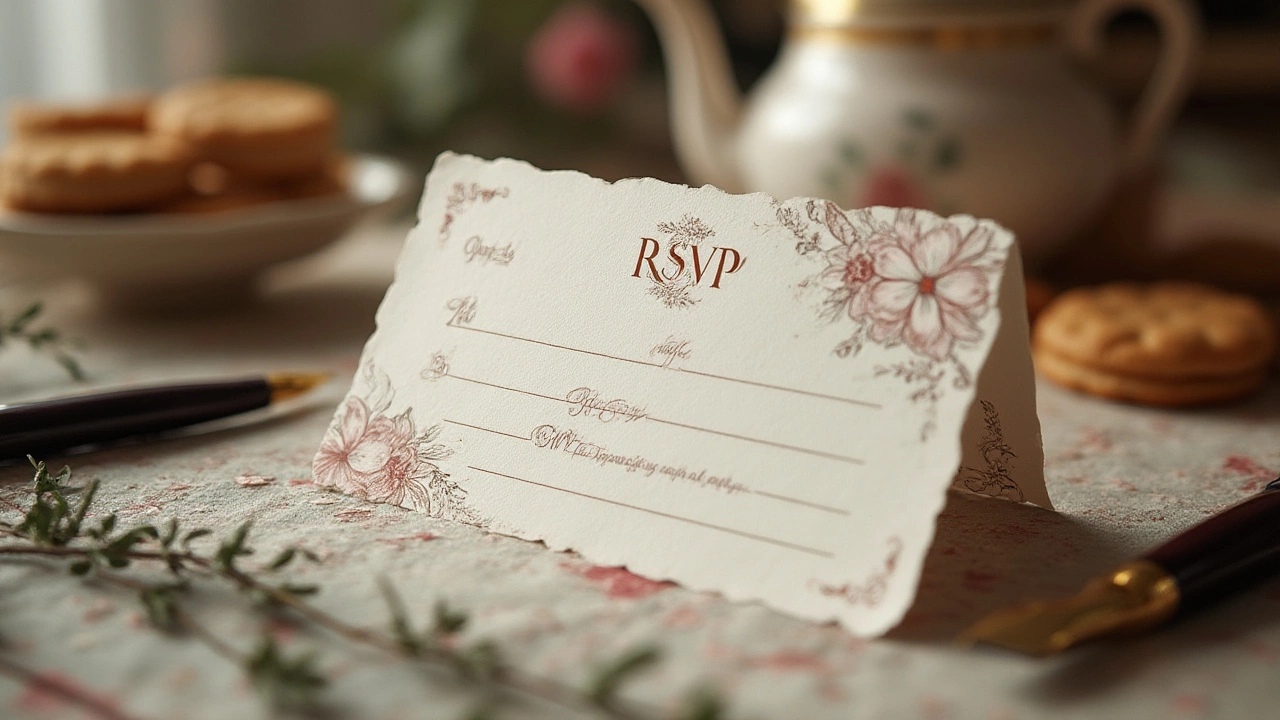Wedding Invitation Etiquette: What You Need to Know
Getting your invitations right feels like the first real step toward a smooth wedding. Too many couples stress over who gets what, when to mail, or how formal the wording should be. Below you’ll find clear, bite‑size rules that work for any style, from ultra‑classic to laid‑back.
Save‑the‑Date Basics
Send save‑the‑dates about eight to twelve months before the ceremony if most guests travel, or six months for a local wedding. The rule of thumb: the farther away the venue, the earlier you send. Include the couple’s names, wedding date, city, and a simple line like “Formal invitation to follow.” No need for elaborate designs—plain cards are perfectly acceptable and keep costs low.
Invitation Essentials
Every wedding invite should cover five key points: who is hosting, the names of the marrying couple, the date and time, the venue address, and a clear RSVP request. If you have a wedding website, add the URL for details on attire, directions, and registry. Keep the tone consistent with the vibe of your wedding; a garden affair can be casual, while a black‑tie ballroom calls for formal language.
Here’s a quick example for a medium‑formal wedding:
Mr. & Mrs. Johnson request the pleasure of your company at the marriage of their daughter Emily and Mr. James Brown on Saturday, 12 September 2025 at 4 p.m. The Rose Garden, 12 Oak Lane, London. Reception to follow. Kindly RSVP by 1 August 2025.
Notice the simple structure, clear date, and an RSVP deadline that gives you enough time to finalize numbers.
RSVP wording matters too. Use “Kindly respond by” or “Please RSVP by” followed by a date. Provide a reply card, email address, or a link to your wedding site. If you’re collecting responses online, mention the link directly on the card or in a small insert.
Don’t forget the postage weight. Most standard invitations weigh under 5 oz, which keeps postage at the first‑class rate. If you add extra layers—like a vellum overlay or a heavy cardstock—double‑check the weight at the post office to avoid surprise fees.
When it comes to the guest list, start with the people you can’t imagine your day without. Then, apply the “plus‑one” rule: only give a plus‑one to guests who are married, engaged, or in a long‑term partnership. This prevents the dreaded situation where a single friend shows up with a date they barely know.
For children, decide early whether you’ll allow them and how you’ll list them. A simple “with child” after a name works, but if you’re not inviting kids, just omit them altogether. If you need to explain a no‑plus‑one policy, a brief note on the invitation or a separate insert works fine.
Lastly, timing is key. Mail your invitations 6‑8 weeks before the wedding for local events, and 10‑12 weeks for destination weddings. This gives guests enough time to arrange travel and you enough time to tally RSVPs.
Following these guidelines keeps the invitation process straightforward and frees up mental space for the fun parts of planning—like tasting cakes and picking flowers. Need more detail? Check out our related posts: “Who Gets a Save the Date?” and “What Should Wedding Invites Include?” for deeper dives.

- Jul, 11 2025
- Comments 0